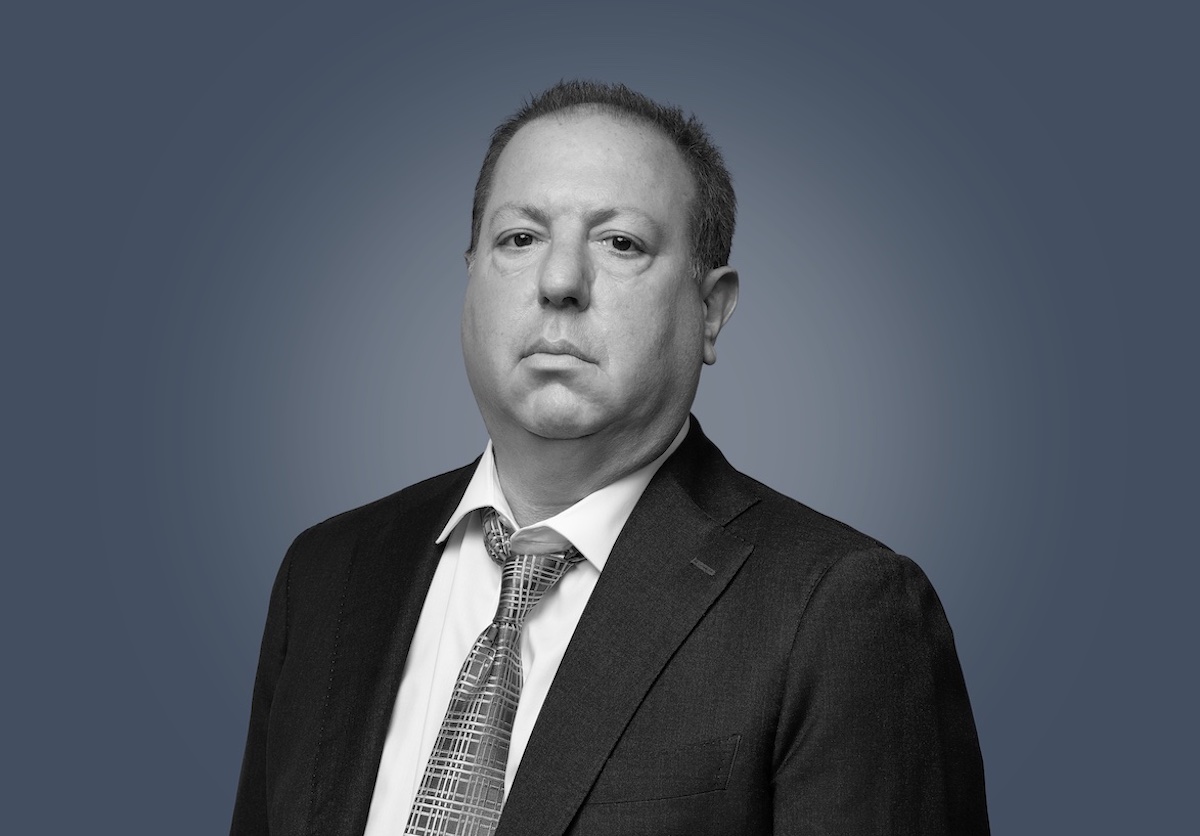When it comes to bench presses, 60 may be the new 50. But when it comes to age discrimination in the workplace, 40 may as well be 65. And in certain corners of the tech industry, the new hoary is moving toward 35.
This should be disquieting news in California, where the median age is 36.7 — not usually an age when many workers have begun envisioning age-related job discrimination a few years down the road.
But the law is clear. “The law prohibits age discrimination against anyone age 40 or older,” said Randall Strauss, managing partner at the Oakland law firm of Gwilliam Ivary Chiosso Cavalli & Brewer. Strauss specializes in age discrimination litigation.
The law in question is the federal Age Discrimination in Employment Act of 1967, or ADEA. The law covers all aspects of employment: hiring, firing, promotions, compensation, assignments, layoffs, training, benefits and any other condition of employment. “Essentially, any time an employer takes action against someone 40 or above, age discrimination could be at play,” Strauss said.
Californians have dual protection, thanks to the California Fair Employment and Housing Act. The state and federal laws differ only at the margins: federal law applies to employers with 20 or more employees, while California’s law applies to employers with a minimum of five employees. “The laws are similar,” Strauss said. “But, in California state court you can reference federal cases since age discrimination is illegal under both federal and state law.”
“It’s wrong — morally wrong, legally wrong — to discriminate against people for something they can’t control. It makes no difference whether that’s religion, or skin color, or they happen to have passed a certain marker of age.”
Randall Strauss, Gwilliam Ivary Chiosso Cavalli & Brewer.
The act was a recognition by Congress that age discrimination in employment was fueled by negative assumptions about how age affects a person’s ability to perform a given job. Among those assumptions: that older people resist change, tend to be sicker, drive-up healthcare costs, and are less productive.
It’s an assumption as baked into the American mindset as the apples in apple pie. And not just in Hollywood, media companies and the tech industry, although tech is one of the most flagrant sectors. “There are companies to the south of us that seem to think age is a vice that needs to be rooted out, and that only young people can bring fresh ideas,” Strauss said.
Strauss himself shared that point of view — until he, too, acquired some miles. “There was a time, early in my working life, when I thought 40 was ancient,” he admits. “Now I think it’s quite young.”
Employers, however, haven’t necessarily followed Strauss in softening their views over time. Worse, many don’t even grasp the underlying injustice. “It’s wrong — morally wrong, legally wrong — to discriminate against people for something they can’t control,” Strauss said. “It makes no difference whether that’s religion, or skin color, or they happen to have passed a certain marker of age.”
Wrong doesn’t make it less common. According to AARP’s 2018 Multicultural Work and Jobs Study, more than 61% of American employees over 45 have witnessed or experienced age discrimination in the workplace. “It is the rare employer who sees age as contributing valuable wisdom and experience to the workplace,” he said. “There’s a substantial segment of the employer population that either doesn’t get it or doesn’t care.”
As a result, he notes: “We are kept very busy protecting the rights of people who have been discriminated against because of age.”
As with sexual harassment, age discrimination can take many forms. But the underlying principle is the same. “The legal phrase is ‘adverse action’ because of age,” Strauss said. “That can range from reassigning your job duties, docking your pay, favoring younger people at your expense . . . Whatever the action, we look for a concept called pretext. Pretext refers to when a company fires you, and gives you a reason, but that reason is provably false.”
The emphasis is on “provably.” Despite its frequency, age discrimination can be hard to prove, often because employers are good at masking their actions. “We need to look behind the stated reason to what happened and why. We need to prove that you did x, y, and z and suddenly your job is given to someone under 40.”
The most egregious local case Strauss litigated was a Livermore physicist in his 70s. “We’re talking about one of five people in the world who knew what he knew and could do what he did. This lab decided they didn’t want him around anymore, so they offered him a new assignment. And that new assignment was putting labels on equipment, a job that had absolutely nothing to do with his expertise. So, he quit.”
And, Strauss said: “We prevailed.”
What also makes these cases so consequential, societally as well as personally, is how intertwined they are with an individual’s sense of meaning and purpose. “One thing I’ve learned, from the physicist and others we’ve represented, is that people identify with their work. To lose your job, and lose it wrongfully, is a blow that goes way beyond the money. It really is a person’s life we’re defending.”


